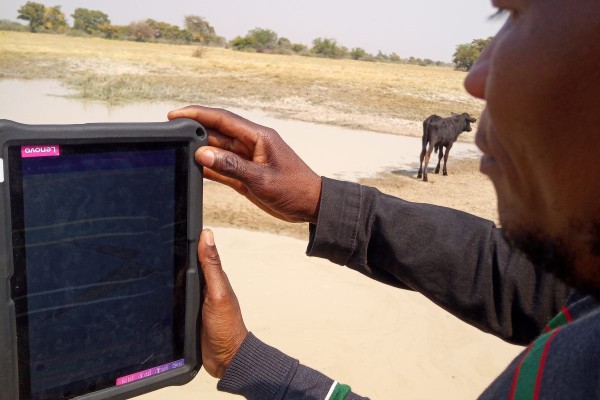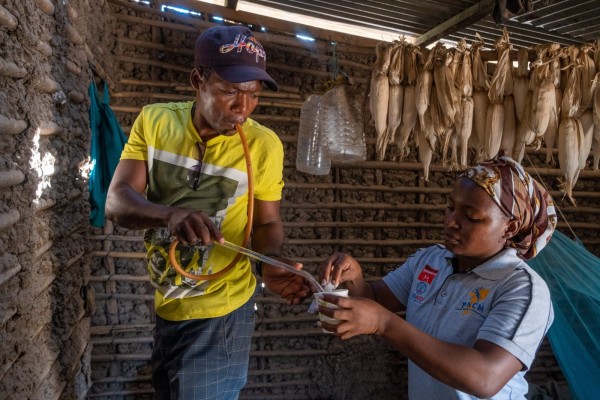Effective surveillance systems help to detect, track and respond to disease trends. Disease surveillance covers both high transmission settings, where trends and patterns need to be closely monitored, and elimination contexts, where precise investigations and responses are critical.
In high disease transmission settings, we help develop and improve surveillance tools to mitigate risk and inform decision-making. In settings such as humanitarian emergencies and post-conflict contexts, surveillance tools are adapted to the specific challenges and dynamics of these environments. This makes sure we respond in a timely and targeted way.
MENTOR’s decision-making is informed by data. This is supported by the routine collection and analysis of data to identify vulnerable communities and assess the impact of interventions. The information enables us to adapt our strategies and allocate resources effectively.
An example of this work is in Angola, where MENTOR supports the National Malaria Control Programme to improve surveillance in high and low transmission settings, helping malaria control and elimination efforts.
MENTOR focuses on increasing local capacity and adapting surveillance tools to specific contexts, such as humanitarian emergencies and post-conflict settings.
Digital tools play an increasingly important role in disease surveillance and MENTOR supports the development and inclusion of digital tools into surveillance strategies. These tools help overcome challenges such as data transfer and the lack of technical capacity often found in places where we work. They are considered part of the solution, particularly in challenges related to acute emergencies and in active conflict settings.


